Huernia ‘Sea Anemone’ Clone 2
Scientific name: Huernia sp. ‘Sea Anemone’ Clone 2
Common names: Starfish Flowers, Carrion Flowers
Natural habitat: Being a cultivated variety, this plant doesn’t have a natural habitat. Its progenitors, however, are native to Eastern and Southern Africa, thriving in semi-arid zones.
Flowers: The flower of the Huernia ‘Sea Anemone’ Clone 2 is a stunning mimic of its namesake, with a broad spread reaching up to 2 inches (5 centimeters). The petals are a vibrant mix of deep burgundy and bright yellow, artfully spotted and banded, leading to a central star-shaped structure.
Stems: The stems of the Huernia ‘Sea Anemone’ Clone 2 are robust and succulent, with a rich green color. They grow erect and are adorned with small, spiky projections, reaching a height of 3 to 5 inches (7.6 to 12.7 centimeters).
$5.50
Dive into the beauty of this Huernia ‘Sea Anemone’ clone, a succulent that offers both visual intrigue and ease of care. Its flowers are a spectacular display, with each bloom spreading up to 2 inches (5 centimeters) across, featuring a deep burgundy and yellow pattern reminiscent of a sea anemone. Standing 3 to 5 inches (7.6 to 12.7 centimeters) tall, its stems add an exotic texture to any arrangement. This plant is a perfect choice for anyone looking to bring a piece of the ocean’s allure into their home or office.
We sell all Stapeliads as unrooted cuttings – a bunch of 3 stems each minimum 4 inches (10 cm).
General Care for Stapeliads
Stapeliads are a unique group of succulent plants known for their striking flowers and interesting forms. They belong to the Apocynaceae family and are mostly native to Africa, with some species found in Asia and the Middle East. Here’s a general guide to caring for Stapeliads:
- Lighting: Stapeliads thrive in bright, indirect light. Direct sunlight can be harmful, especially during the hottest parts of the day. A partially shaded spot is ideal.
- Watering: These plants require moderate watering. Allow the soil to completely dry out between waterings. Over-watering can lead to root rot, so it’s essential to ensure good drainage.
- Soil: Use a well-draining cactus or succulent mix. Stapeliads prefer a soil mix that allows for good air circulation around the roots.
- Temperature: Most Stapeliads prefer warm temperatures and are not tolerant of frost. Keep them in temperatures above 6-8°C (43-46°F).
- Humidity: Stapeliads generally do well in average room humidity. However, during the growing season, a slight increase in humidity can promote healthier growth.
- Fertilization: Feed sparingly during the growing season. Use a balanced, water-soluble fertilizer at half strength.
- Propagation: Propagation can be done through stem cuttings or seeds. Allow cuttings to dry before planting.
- Pests and Diseases: Watch out for pests like mealybugs and take precautions against snails and slugs. Stapeliads are generally resistant to diseases if well taken care of.
Specification: Huernia ‘Sea Anemone’ Clone 2
| Weight | 0.55 lbs |
|---|



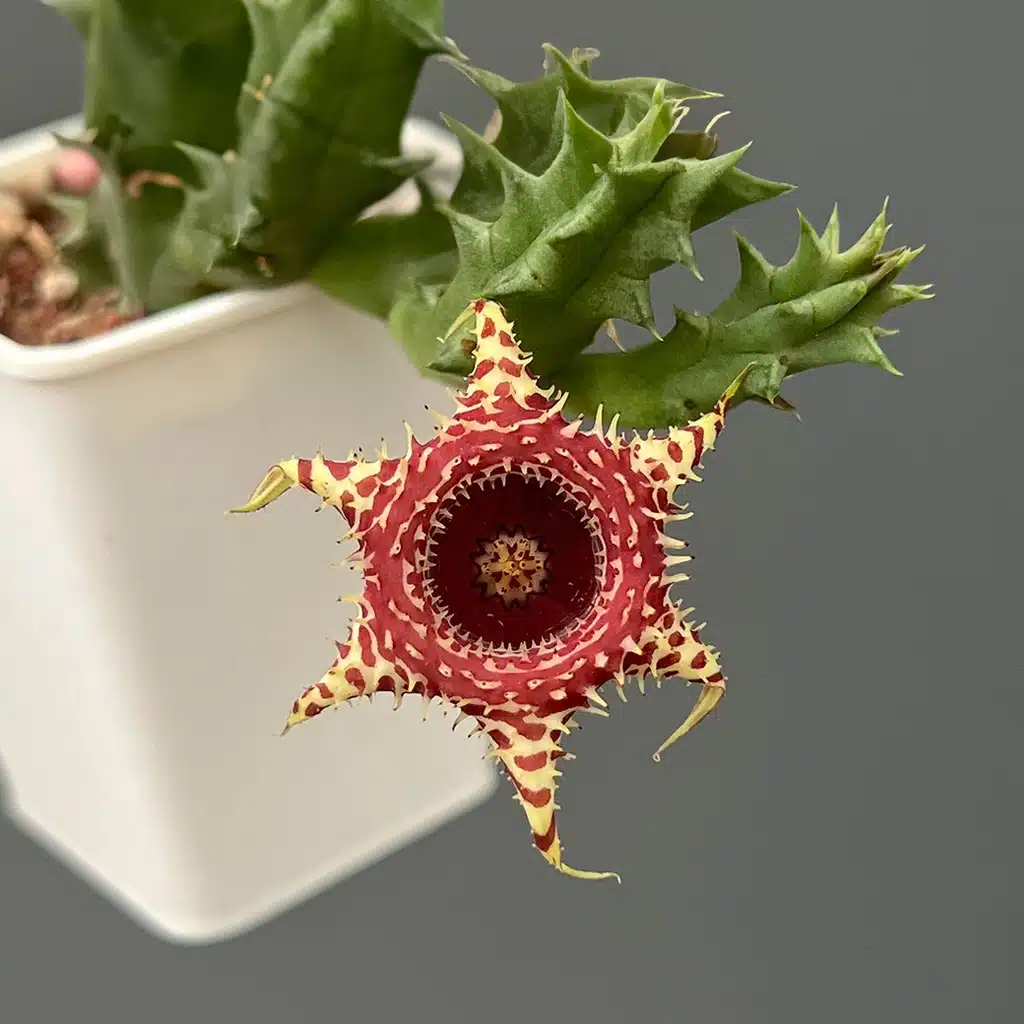
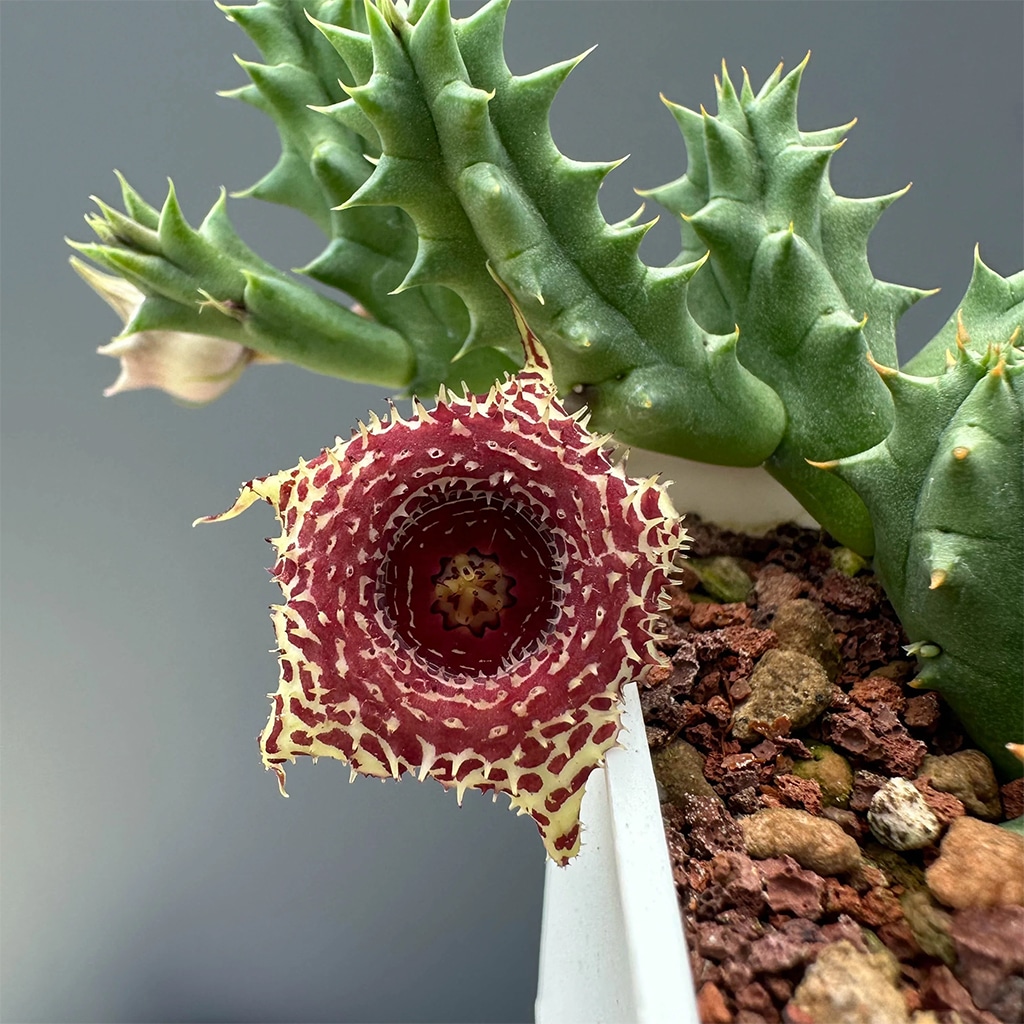


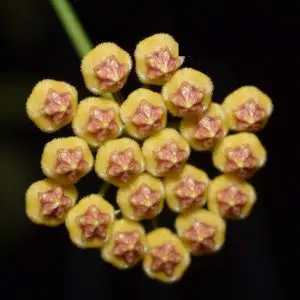
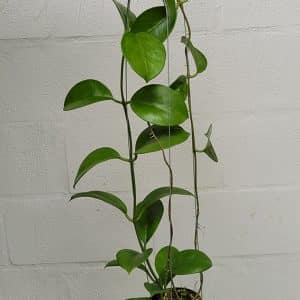
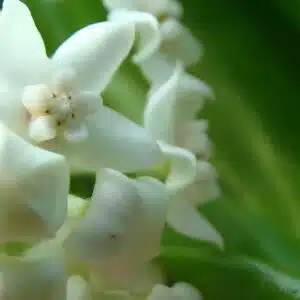
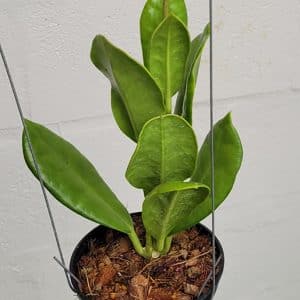
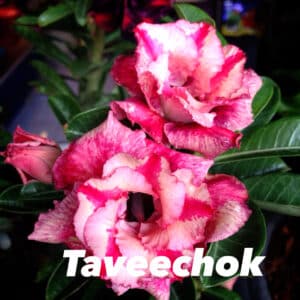
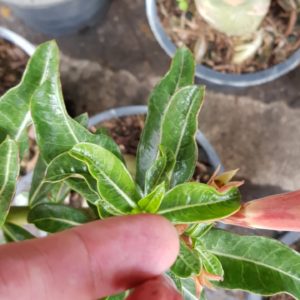

There are no reviews yet.